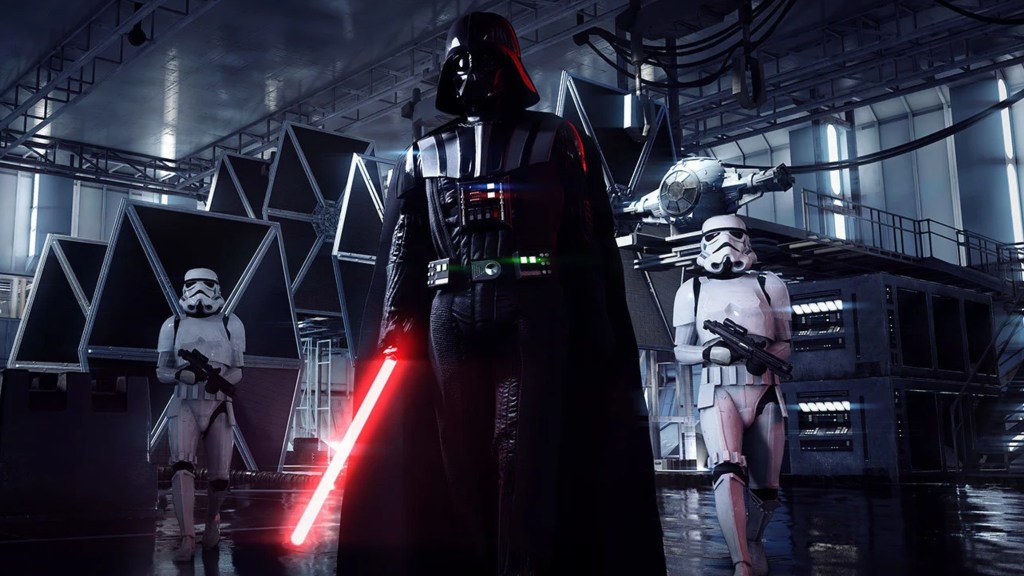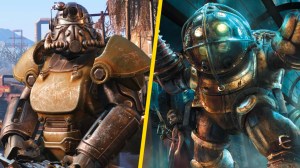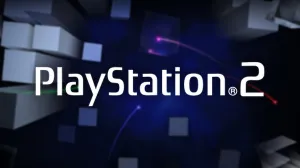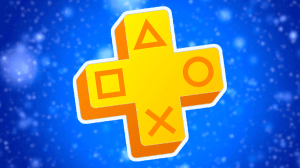Some games get so much hype that they can’t help but disappoint. When expectations are through the roof, even solid games feel like letdowns. Missing features, bugs, or just the wrong timing can make fans frustrated, and the early criticism can drown out what’s actually good about the game. But years later, after updates and patches, some of these overhyped titles turn out to be surprisingly enjoyable.
Videos by ComicBook.com
The three games below are perfect examples. They launched with massive excitement, faced criticism and controversy, and even got a bad rap at first. But revisiting them today shows that strong gameplay and clever design can shine through even the darkest cloud. For players willing to give them another shot, these titles prove they were worth the hype all along.
3. No Man’s Sky (2016)

No Man’s Sky is probably the most famous (or infamous) overhyped game story of the past decade. Players were pumped for an infinite universe full of planets, trading, and space combat, imagining endless exploration possibilities. When it launched, it didn’t deliver on a lot of promises, and people were frustrated. Missing features like multiplayer (which was stated to be present at the time), meaningful interactions, and deeper story elements left it feeling shallow, like a computer algorithm created the game, and that was it. The universe looked huge, but there wasn’t much to actually do. Many players walked away feeling disappointed, and the backlash was intense.
Fast forward a few years, and No Man’s Sky is almost unrecognizable from its launch version. Continuous updates have added an unfathomable amount of content, and huge gameplay improvements actually make exploring planets exciting. The variety of planets, creatures, and environments means that every session feels different, which used to be a significant complaint. Players revisiting it now can appreciate the freedom to approach the game their own way, whether they’re crafting massive bases or exploring dangerous planets. No Man’s Sky felt empty and devoid of soul at launch, but now hosts a living, breathing universe that many continue to enjoy to this day. The game demonstrates how persistence from developers and listening to community feedback can turn a disappointment into one of the most satisfying exploration games ever made.
2. Tom Clancy’s The Division (2016)

When The Division launched, it was one of Ubisoft’s most hyped projects in years. A new intellectual property. The promise of a realistic, tactical post-apocalyptic New York was enough to draw players in immediately. The marketing and pre-release gameplay demos suggested a living, breathing city with dynamic missions and strategic militarized combat. But at launch, loads of bugs, glitches, and balance issues hurt the experience in a big way. The story was underwhelming early on, and early players often felt that the game’s systems didn’t live up to the hype Ubisoft was selling. Even though the underlying combat mechanics were solid, the initial launch experience left a sour taste for many.
Revisiting The Division today paints a very different picture. The combat system remains tight and tactical, making gunfights satisfying and tense. RPG elements, loot progression, and the Dark Zone player-versus-player areas provide layers of challenge and strategy. What made the launch feel lacking, the underlying repetition and the bugs, have been addressed with patches and expansions that refined almost every part of the game. Players who return now can see why it’s still considered a solid post-apocalyptic experience, and the sense of accomplishment from leveling up, gathering loot, and exploring the most immersive realized version of New York City makes it feel worth revisiting.
1. Star Wars Battlefront II (2017)

Battlefront II is infamous for its launch issues, but has aged far better than many expected. Players were excited for epic multiplayer battles and the chance to live out iconic Star Wars moments, but at release, the game was massively criticized and for good reason. The progression system felt grind-heavy, and microtransactions gave the impression of pay-to-win being the focus for gameplay power. Naturally, fans were frustrated with how limited some modes and rewards were, and the backlash was massive as a result. The game’s reputation took a hit almost immediately.
Since launch, Battlefront II has undergone a dramatic transformation. The removal of all microtransactions, along with a steady stream of updates and new content, has created a multiplayer experience that finally matches the original vision. The variety of maps, heroes, and game modes makes matches feel dynamic and keeps players coming back. Fans revisiting the game can enjoy balanced gameplay, the thrill of large-scale battles, and the chance to experience Star Wars in ways that feel cinematic and true to the franchise. Beyond just multiplayer, the attention to detail in the environments, vehicles, and combat mechanics shows that beneath the troubled launch was a game with a strong foundation, now fully realized and rewarding to play.
What do you think? Leave a comment below and join the conversation now in the ComicBook Forum!









